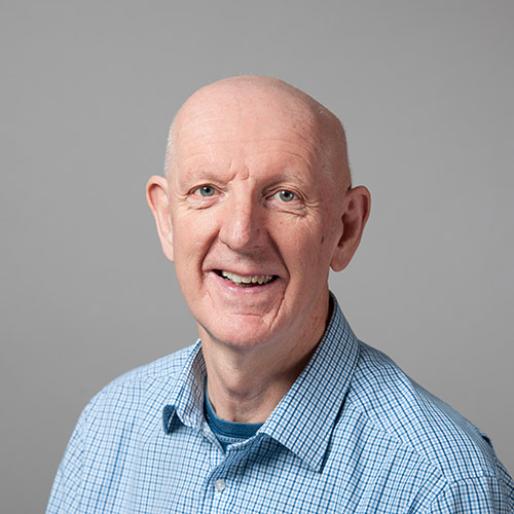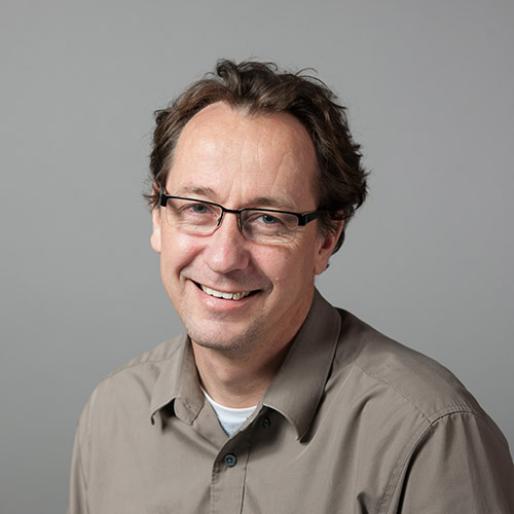The big picture: using wildflower strips for pest control
Scientists led by Rothamsted Research have developed an easy to use ‘soil health’ measure that shows for the first time that 38% of arable soils in England and Wales are degraded.
This is compared with less than 7% of grassland and woodland soils being given the same rating.
Developed from the findings of a number of European studies, their index classifies soils by the proportion of organic matter versus clay that they contain, and is a good predictor of how much carbon they can take up and store – vital in the fight against climate change – as well as a general indicator of how well they are functioning.
The data behind the index is based on more than 3,800 soils collected between 1978 and 1983 as part of a national soil survey, and according to lead author and PhD student, Jonah Prout, changes in soil carbon take time - so the message of these results is likely to still apply today.
“Soil carbon is vital for the proper functioning of soil, but its absolute value alone is not always a true reflection of a soil’s health due to the very varied nature of different soils.
“By analysing a wide range of soils from across England and Wales, we were able to test this index as an indicator of soil structure – of key importance to soil functioning - and a measure of whether a soil needs improving.”
The ratings are largely independent of climate, soil type or the type and amount of vegetation growing on it. This provides a true indication of the status of the soil, he added.
The newly developed index is based on two routinely taken soil measurements and could be easily established for any field in England and Wales, which could help farmers or policymakers improve the natural services soils provide, such as food production, flood protection and carbon storage.
Arable soils become degraded through regular ploughing, when not enough organic matter is added, and in some case when soil organic matter is washed away.
Co-author, Professor Steve McGrath said: “Previously no one could tell you what a good level of organic matter for a particular soil was. An index allows farmers and other land managers to determine how best to manage their land – where to grow, where to treat, and where to build - depending on the state of their soil.
“There are various ways to improve a soil, but to do so, we first need to know which ones need what help. This measure is an easy way to do so.”
The index is calculated by measuring the proportion of soil carbon to soil clay, with samples then categorised based on this value as ‘very good’, ‘good’, ‘moderate’ or ‘degraded’.
Soils where there is at least 13 times more clay than carbon are rated as degraded, whilst those with less than 8 times the amount of clay compared to carbon are regarded as very good.
On this scale, soil from 38.2% of arable, 6.6% of grassland, and 5.6% of woodland sites were in the poorest conditions.
Having looked at the picture across England and Wales, Mr Prout says the next step is to look at a later survey and long-term experiment data to see how the index values have changed over time.

SOIL CARBON MODELLER/DATA SCIENTIST

Soil and Plant Scientist

Systems Agronomist
Rothamsted Research is the longest-running agricultural research institute in the world. We work from gene to field with a proud history of ground-breaking
discoveries in areas as diverse as crop management, statistical interpretation and soil health. Our founders, in 1843, were the pioneers of modern
agriculture, and we are known for our imaginative science and our collaborative approach to developing innovative farm practice.
Through independent research, we make significant contributions to improving agri-food systems in the UK and internationally, with
economic impact estimated to exceed £3 bn in annual contribution to the UK economy. Our strength lies in our systems approach, which combines strategic research,
interdisciplinary teams and multiple partnerships.
Rothamsted is home to three unique National Bioscience Research Infrastructures which are open to researchers from all over the world:
The Long-Term Experiments,
Rothamsted Insect Survey and the
North Wyke Farm Platform.
We are strategically funded by the Biotechnology and Biological Sciences Research Council (BBSRC), with additional support from other national and
international funding streams, and from industry. We are also supported by the Lawes Agricultural Trust (LAT).
The Biotechnology and Biological Sciences Research Council is part of UK Research and Innovation, a non-departmental public body funded by a grant-in-aid
from the UK government.
BBSRC invests to push back the frontiers of biology and deliver a healthy, prosperous and sustainable future. Through our investments, we build and support a vibrant,
dynamic and inclusive community which delivers ground-breaking discoveries and develops bio-based solutions that contribute to tackling global challenges,
such as sustainable food production, climate change, and healthy ageing.
As part of UK Research and Innovation (UKRI), we not only play a pivotal role in fostering connections that enable the UK’s world-class research and innovation system
to flourish – we also have a responsibility to enable the creation of a research culture that is diverse, resilient, and engaged.
BBSRC proudly forges interdisciplinary collaborations where excellent bioscience has a fundamental role. We pioneer approaches that enhance the equality, diversity,
and inclusion of talent by investing in people, infrastructure, technologies, and partnerships on a global scale.
The Lawes Agricultural Trust, established in 1889 by Sir John Bennet Lawes, supports Rothamsted Research’s national and international agricultural science through the provision of land, facilities and funding. LAT, a charitable trust, owns the estates at Harpenden and Broom's Barn, including many of the buildings used by Rothamsted Research. LAT provides an annual research grant to the Director, accommodation for nearly 200 people, and support for fellowships for young scientists from developing countries. LAT also makes capital grants to help modernise facilities at Rothamsted, or invests in new buildings.